Visiting the Namib Desert – What to Expect
Words by Dalene Heck / Photography by Dalene & Pete Heck
Namibia is a vast and incredibly diverse country in southwestern Africa, renowned for its iconic desert landscapes. The centerpiece of this sand sea nation is the Namib Desert, one of the oldest and most otherworldly deserts on the planet.
Stretching for hundreds of miles along the Atlantic ocean, the Namib Desert unveils a surreal realm of towering sand dunes, some of which rise to over 1,000 feet, casting ever-shifting shadows and taking on vivid hues during sunrise and sunset.
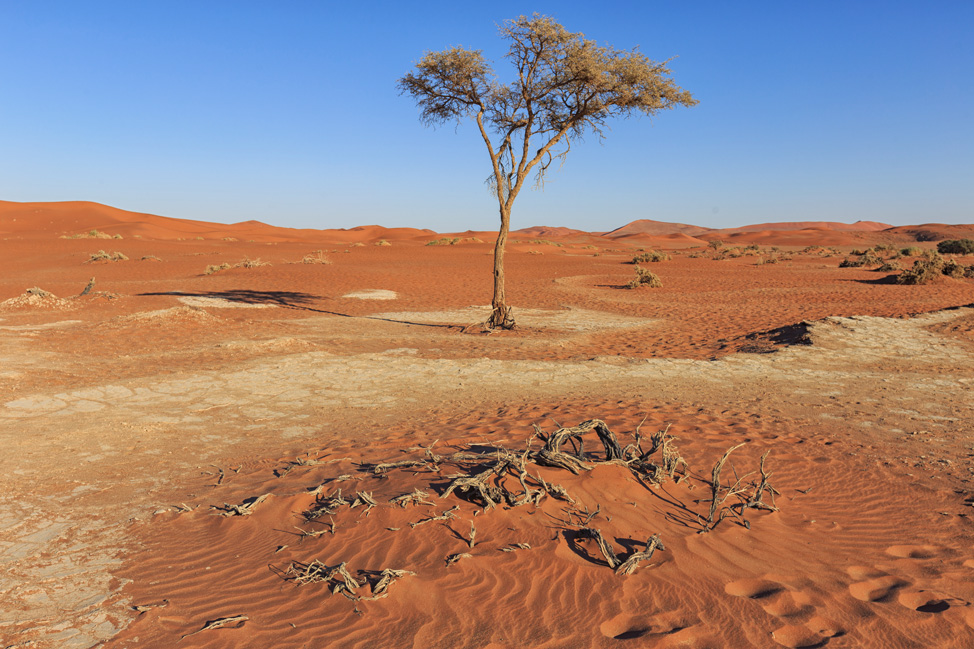
Think: gravel plains, sand dunes, shifting sand, wild horses, rocky hills, dry air, sparse plant life, summer temperatures, all making up a true desert on the Atlantic Coast,
This arid wonderland is not just a testament to the Earth’s geological history but also a sanctuary for unique desert-adapted wildlife and a haven for adventurous souls seeking an awe-inspiring and truly unforgettable experience in the heart of Africa’s desert wilderness.
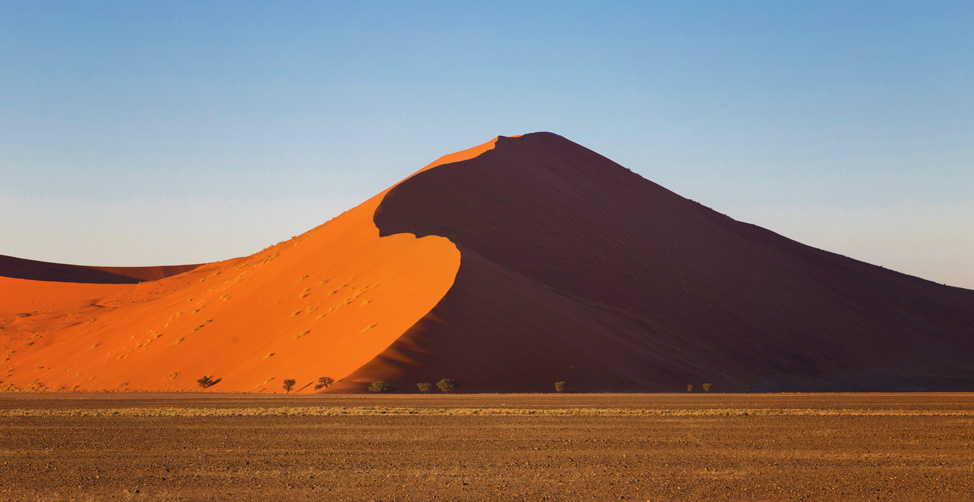
What To Pack
When packing for a trip to the Namib Desert, it’s essential to be well-prepared for the extreme desert conditions.
Here’s a list of items to consider packing:
Clothing:
- Lightweight, breathable long-sleeved shirts and pants to protect against the sun.
- Wide-brimmed hat or cap to shield your face from the sun.
- Sunglasses with UV protection (not only for sun, but those desert winds).
- Sturdy, comfortable hiking boots or closed-toe shoes for walking in desert terrain.
- Sandals or flip-flops for comfort during hot periods or around camp.
- Light jacket or sweater for cooler evenings and mornings.
- Swimsuit if you plan to swim in desert oases or waterholes.
- Bandana or scarf to protect your face from dust and sand (you don’t want to get the world’s oldest desert stuck in your ears).
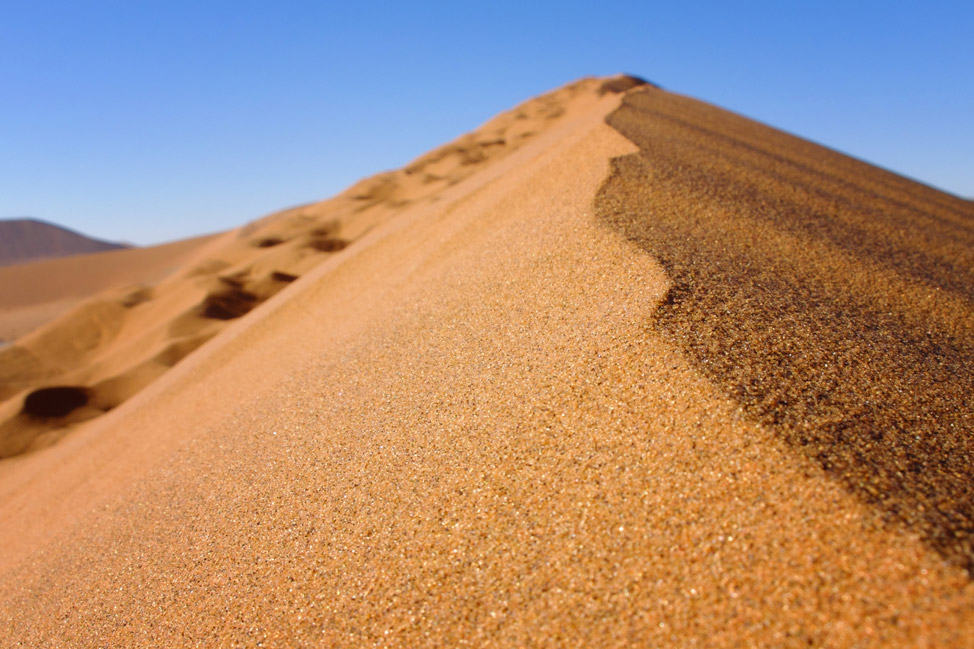
Essentials:
- Sunscreen with a high SPF rating and lip balm with sun protection.
- Insect repellent (even mosquitos exist in this barren region).
- Reusable water bottle and water purification tablets or a portable filter.
- Headlamp or flashlight with extra batteries.
- Travel adapter and power bank for charging devices.
Important Packing Notes:
- The Namib Desert can be an extreme environment, so it’s crucial to pack conservatively and efficiently.
- Keep in mind that overpacking can become a burden, especially if you’re traveling to remote areas with limited access to amenities.
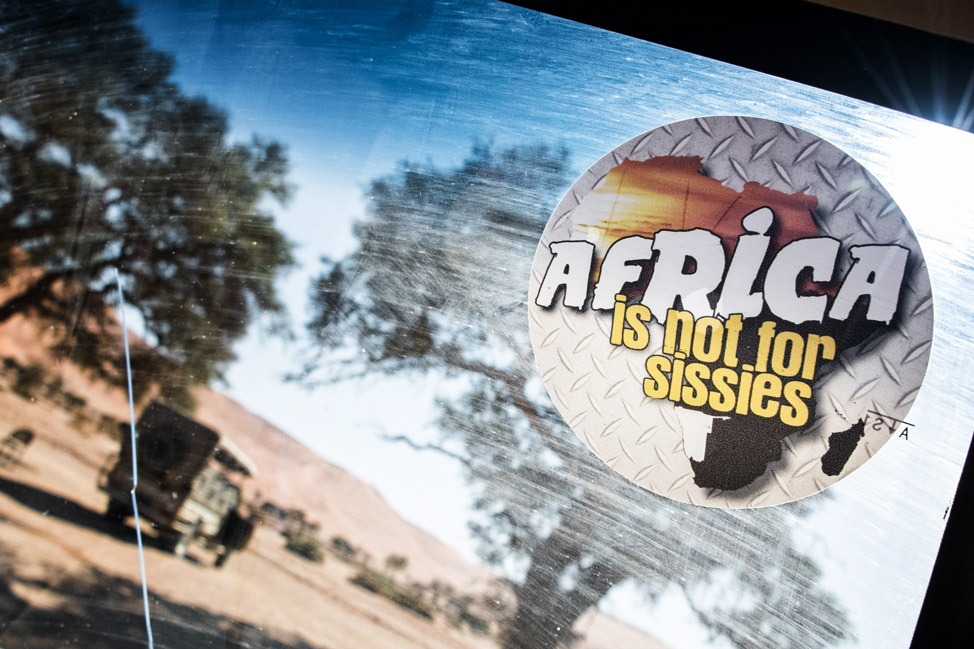
- Try to plan your packing list based on the specific activities you intend to undertake and the duration of your trip (like swimming).
- Additionally, check the weather forecast and consult with local tour operators or guides for any specialized gear you may need for your chosen desert experiences.
The Weather
Winter (June to August)
In Namib Desert winters (June to August), days are sunny and warm, around 20°C to 25°C (68°F to 77°F), while nights can be cold, and often below freezing.
Rainfall is rare, which offers excellent stargazing opportunities!
Spring (September to November)
Spring sees rising temperatures, ranging from 25°C to 30°C (77°F to 86°F), and nights become much milder. Desert flora begins to bloom, with wildflowers adding colour to the landscape.
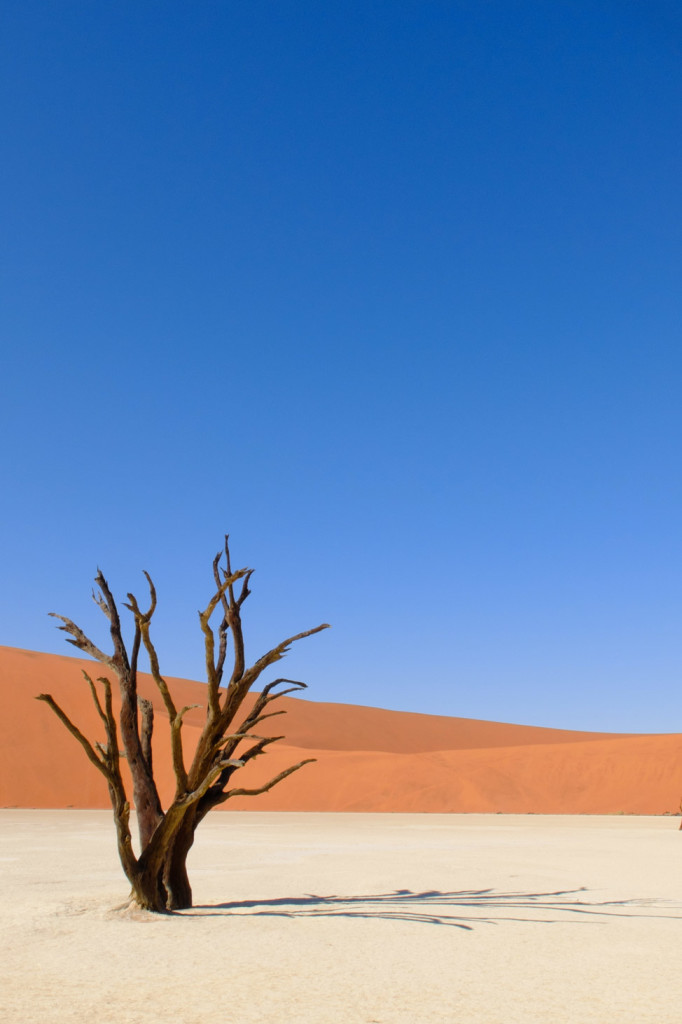
Summer (December to February)
Namib Desert summers (December to February) bring scorching heat, exceeding 35°C (95°F) and sometimes hitting 40°C (104°F).
Isolated thunderstorms may briefly transform the landscape, but rain is usually quite unpredictable.
Autumn (March to May)
Autumn offers a transition to more moderate conditions. Daytime temperatures range from 25°C to 30°C (77°F to 86°F), with cooler nights.
Autumn in the Namib Desert is an ideal time for wildlife viewing, with comfortable weather and clear skies for desert exploration.
When To Go
Your choice of when to visit depends on your tolerance for heat and cold, as well as your interest in specific activities like stargazing, wildlife viewing, or witnessing desert blooms.
To avoid extreme temperatures and enjoy comfortable conditions, late autumn and early spring are generally considered the best times for travel to the Namib Desert.
Spring and Summer can also be pleasant, but conditions are more predictable, and tourism can be a bit slower in the Fall.
What To Expect
Traveling to the Namib Desert is truly an awe-inspiring adventure, but it’s essential to be well-prepared for the unique challenges and experiences the desert’s harsh environment offers.
Here’s some practical information and what you can expect:
Remote Locations
Many areas in the Namib Desert are remote and may lack access to amenities like gas stations, restaurants, and accommodations.
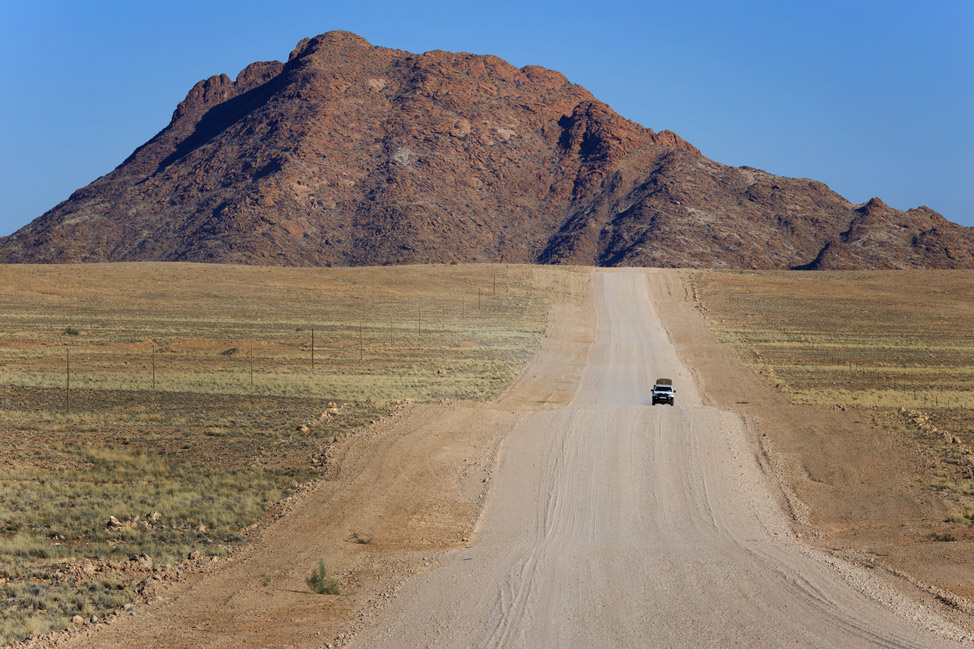
Plan your routes and fuel stops carefully, and carry extra supplies, including food and water, when traveling through remote regions.
Local Customs & Language
Respect local customs and traditions. If you’re visiting indigenous communities, be culturally sensitive and ask for permission before taking photos.
English is widely spoken in Namibia, but some areas may have local languages or dialects.
Learning a few basic phrases in the local language, such as greetings, can enhance your interactions with locals.
Travel Insurance & Permits
Obtain comprehensive travel insurance that covers medical emergencies and trip cancellations. Medical facilities can be limited in remote desert areas.
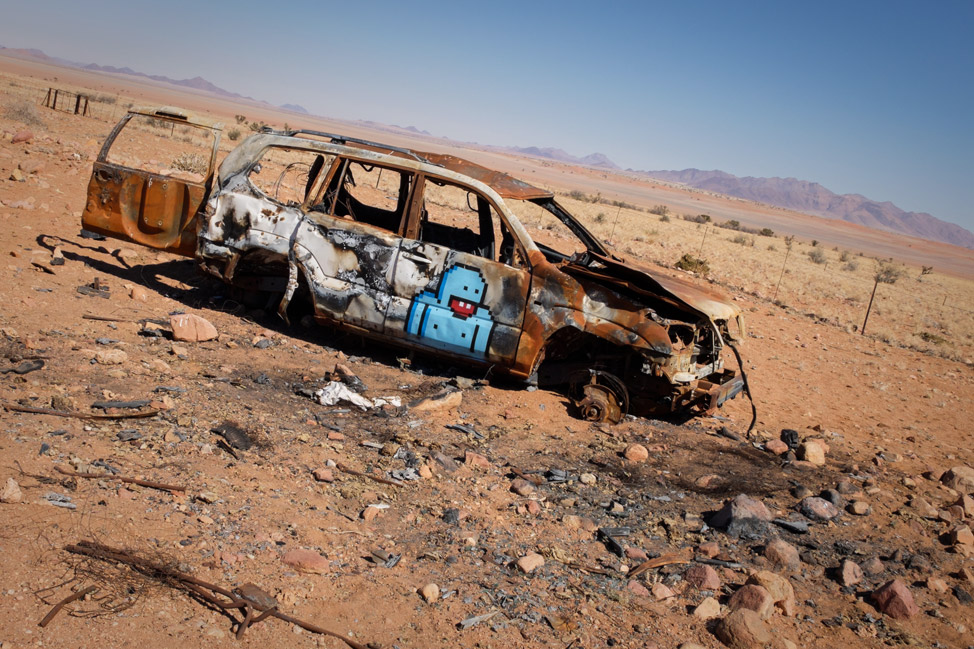
Check whether you need permits for specific activities or protected areas in the Namib Desert. Some locations require permits for entry or camping.
Sun Protection & Hydration
Sun protection is vital. The desert sun can be relentless, so wear sunscreen, sunglasses, a wide-brimmed hat, and lightweight, long-sleeved clothing to shield yourself from the sun’s rays.
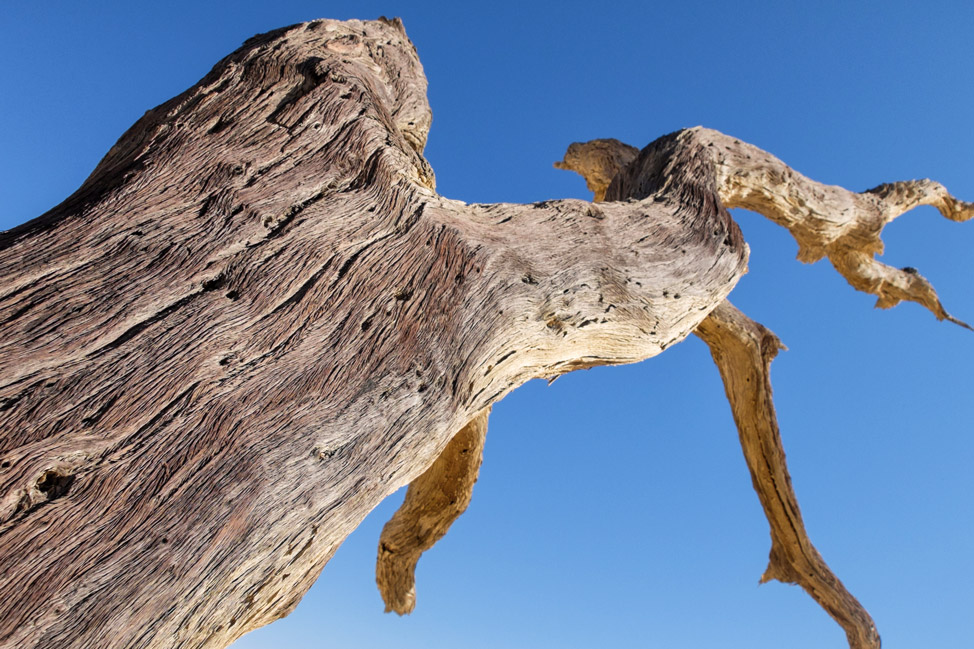
Staying hydrated is crucial. Carry a reusable water bottle and drink plenty of water throughout the day. Water sources can be scarce, so plan accordingly and consider using water purification tablets or a portable filter.
Desert Wildlife
The desert is home to unique wildlife, including desert-adapted plants and animals like oryx, springbok, and various reptiles.
Respect their habitat and keep a safe distance when observing them.
Leave No Trace
Practice responsible tourism by leaving no trace. Dispose of waste properly, and do not disturb the fragile desert ecosystem.
What To Do
Dune Exploration
Exploring the iconic sand dunes of Sossusvlei is a must-do activity.
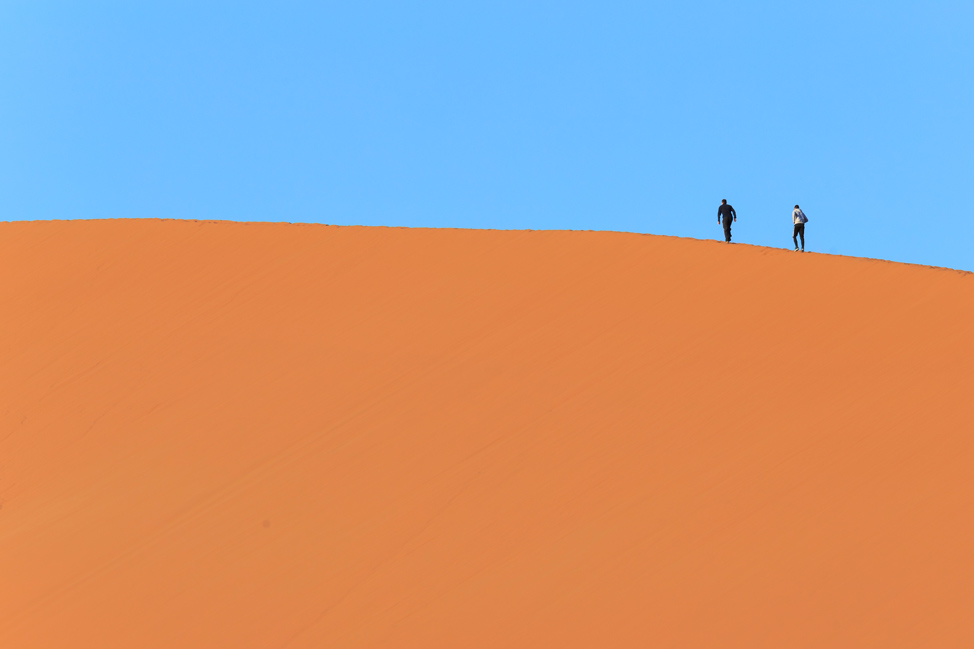
Plan to visit during the cooler parts of the day, such as sunrise or late afternoon, as climbing the dunes in the midday heat can be extremely challenging.
Photograph the Petrified Trees
The 900 year old petrified trees that grace the clay pans of Deadvlei and Sossusvlei in the Namib Desert are both hauntingly beautiful and profoundly symbolic of this extraordinary landscape.
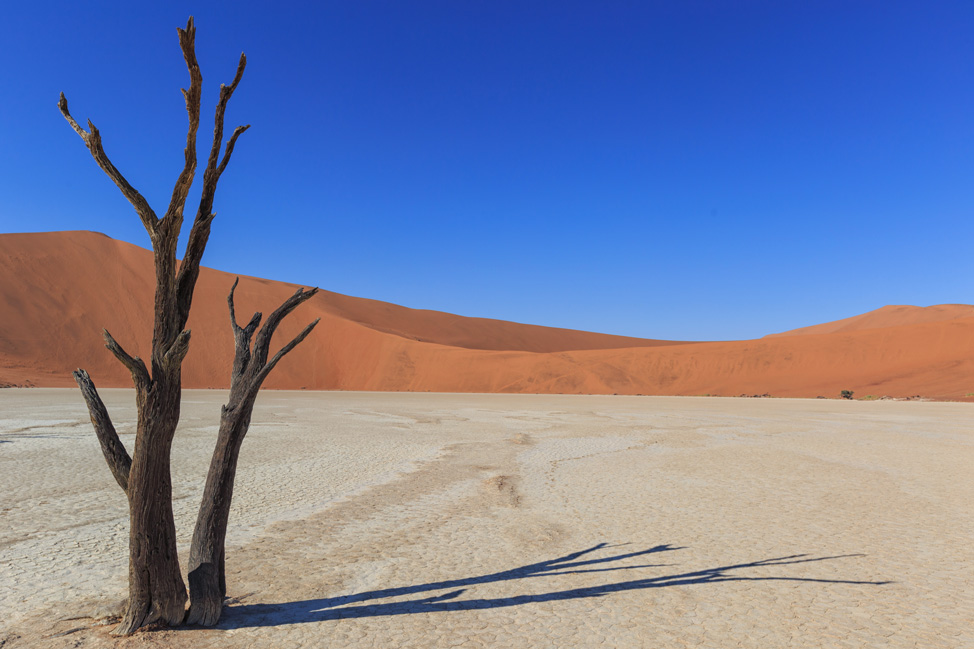
Their stark contrast against the white clay pan and the towering, fiery-red sand dunes that encircle them creates an otherworldly and captivating scene that is revered by photographers from around the globe.
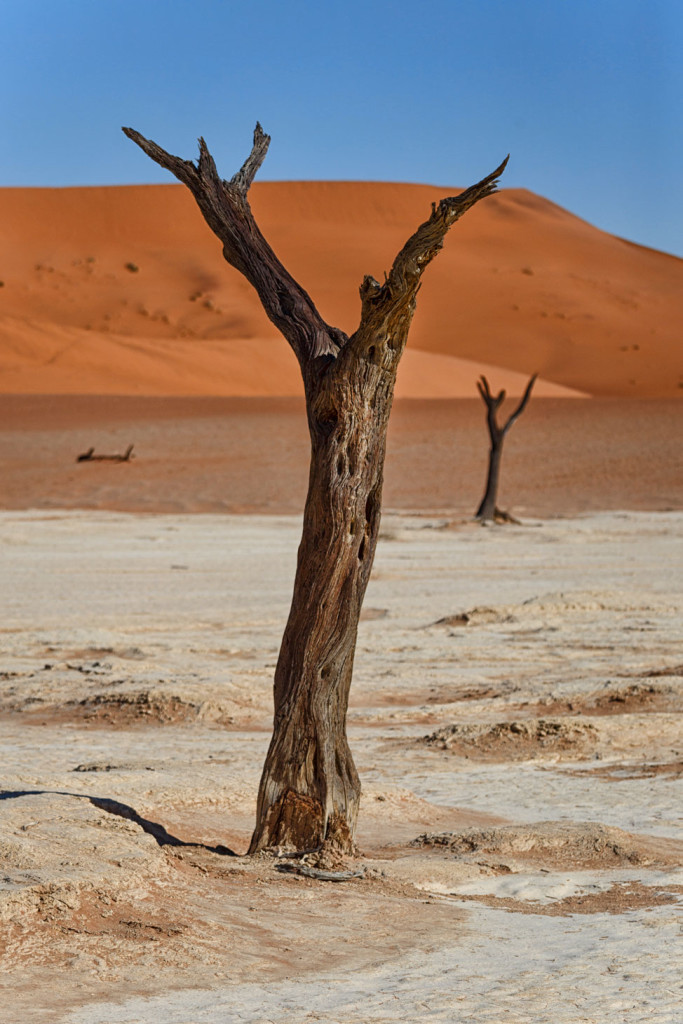
Wildlife Safaris
If you’re interested in wildlife safaris, consider joining guided tours with experienced guides who know the area and can help you spot wildlife and navigate the desert safely.
Camping
Camping in the desert can be a fantastic experience. Ensure you have the necessary camping gear, including a reliable tent and warm sleeping bag for cold nights.
Many camping areas may have limited facilities, so be self-sufficient.
Stargazing
Stargazing in the Namib Desert is a breathtaking experience, unlike any other.
With minimal light pollution, the night sky comes alive with a brilliant display of stars and the Milky Way.
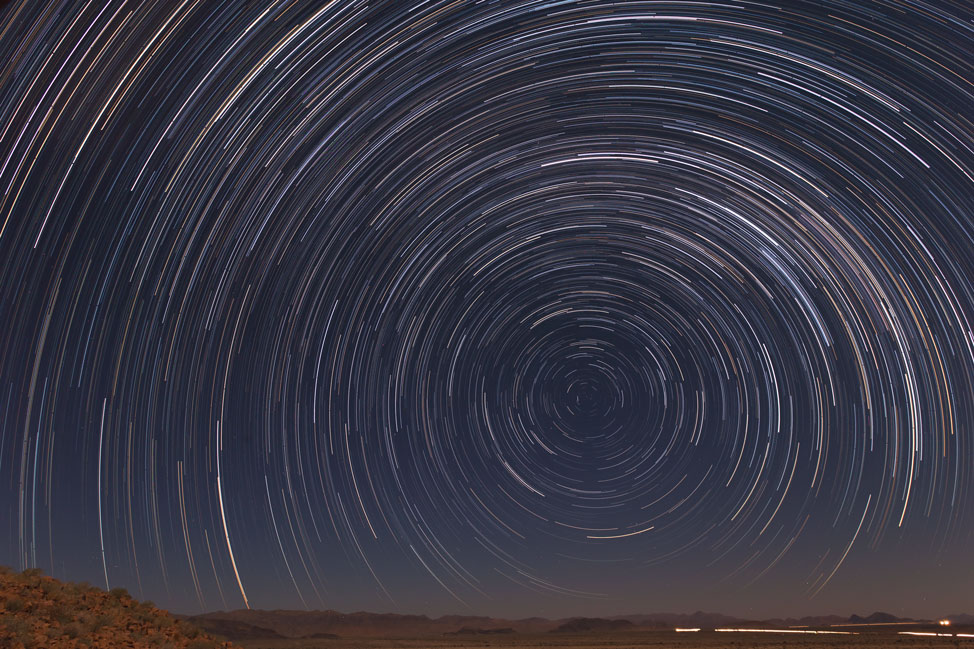
It’s a must-do whether you’re a seasoned astronomer or simply wanting to try your hand at astro-photography.
Guided Tours
Consider booking guided tours, especially if you’re not familiar with desert environments.
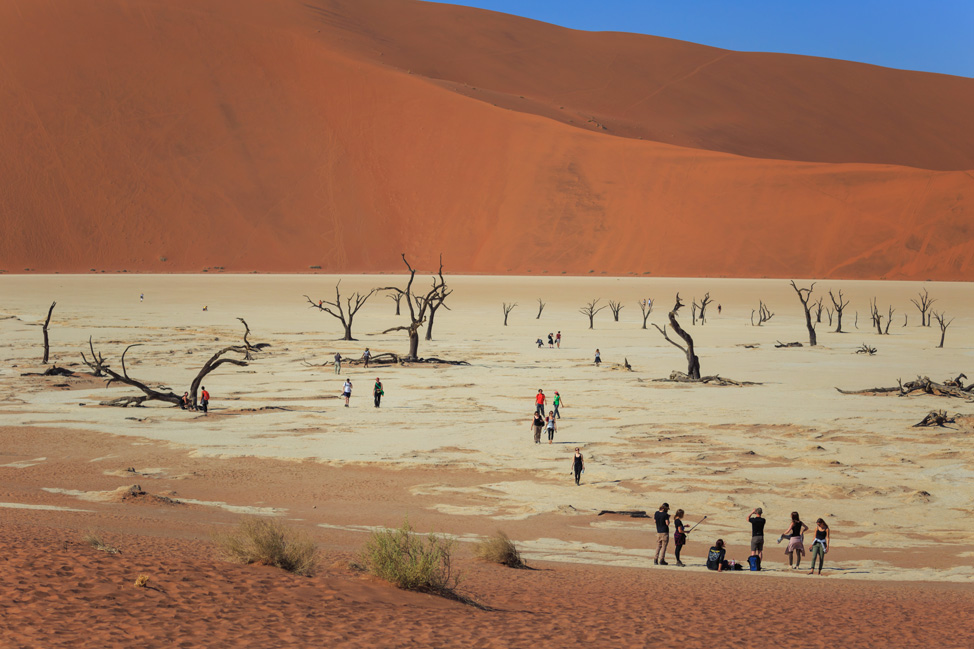
Knowledgeable guides can enhance your experience and ensure your safety.
Our Experience
I am not a morning person. Nor very patient. Those two facts should have meant that in theory, I would deeply dislike travel in Namibia.
Particularly during our time in the Namib desert, because to see the animals that roam freely, to avoid the crushing heat, and to see the shadows fall at just the right angle on the massive dunes of Sossusvlei, we were often on the move before dawn.
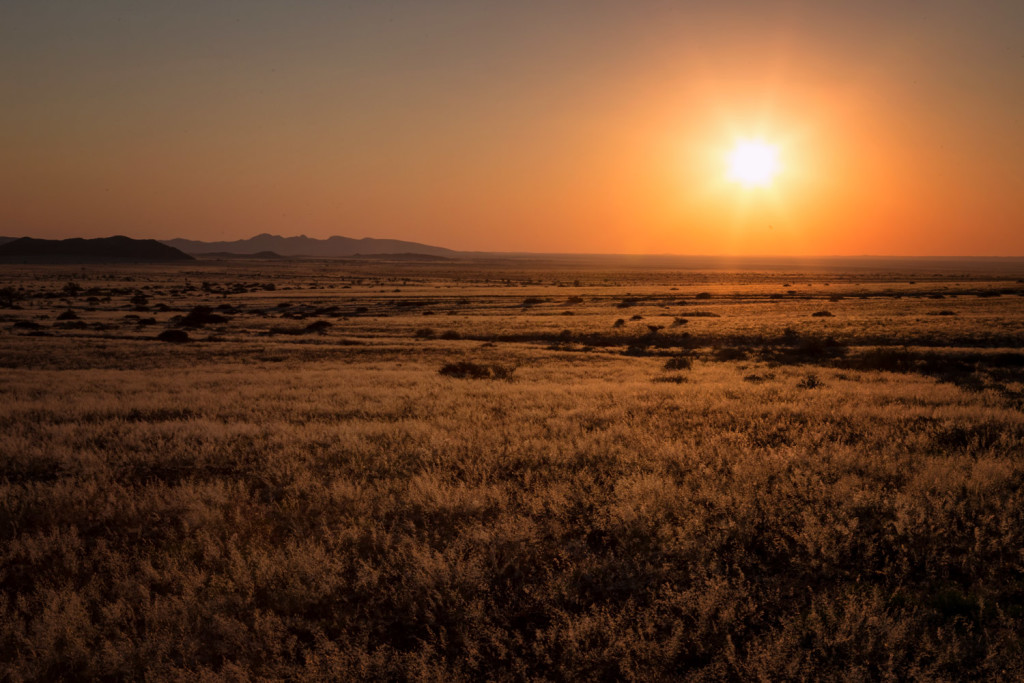
And getting anywhere in Namibia, with roads largely covered in sand and loose gravel, meant hours and hours of driving.
At times I got cranky. Mostly when I was hangry of course, which is perfectly reflected in my notes that say the outcrops of mountains sometimes looked like well-marbled steak or large crumbs of chocolate cake.
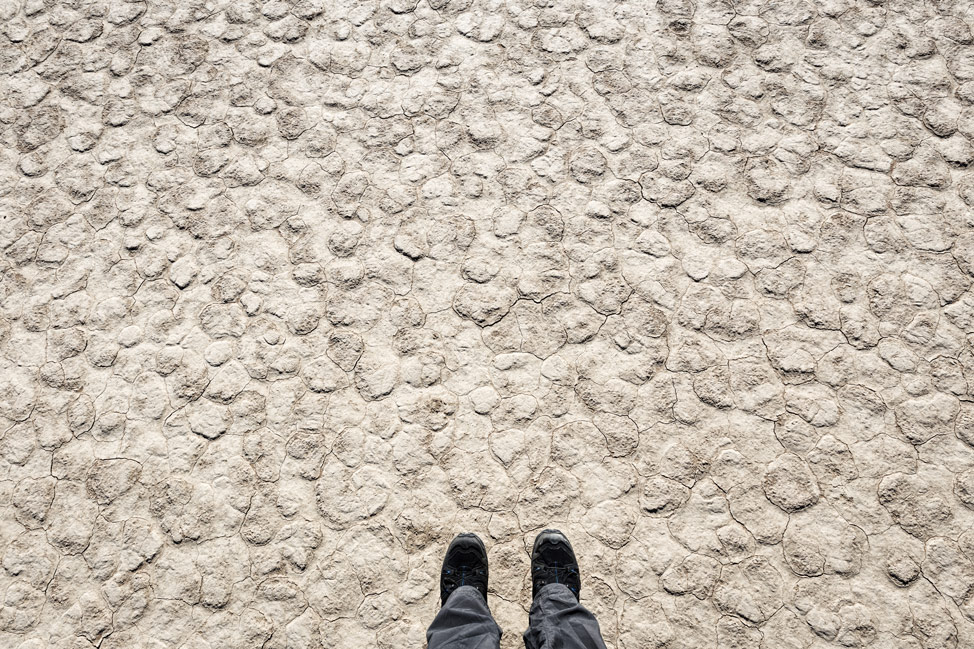
But ultimately it was those variations – from the deep red of the steak to the rich brown of the chocolate and the brilliant orange of the tallest dunes – that kept me buoyed on those long days and anxious for more.
It was, more than any other place we’ve visited, that which so truly holds to the title of otherwordly. And thus all of those things that should have distracted me from enjoying our time were barely a factor.
(And as I learned, whining isn’t allowed anyway.)
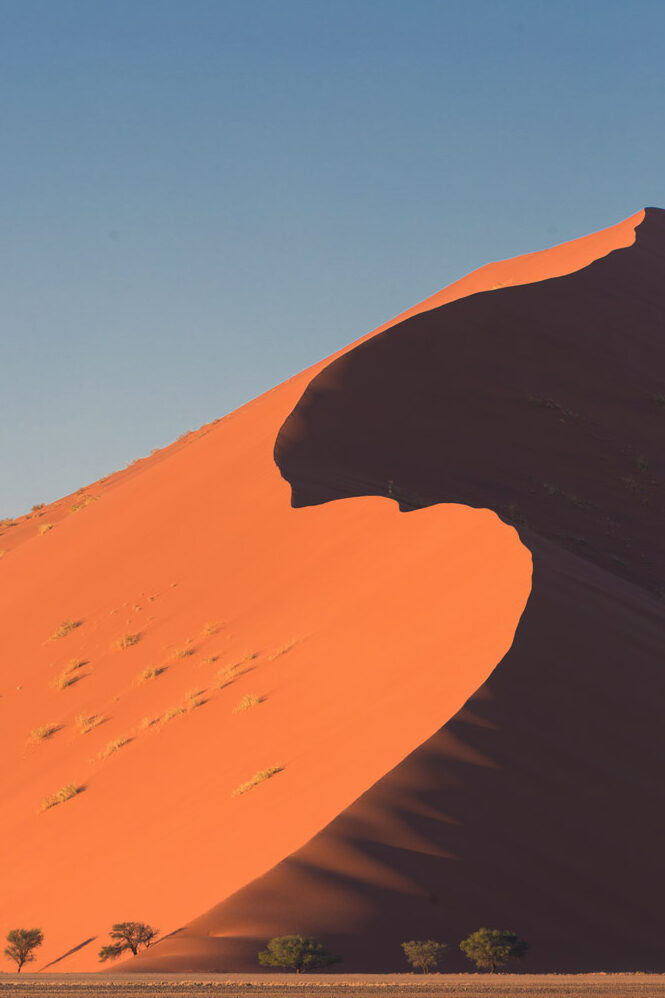
The dunes are sensual, I said to Pete as we neared them. Can I call piles of sand sensual?
No two curved the same. The seduction was in their simplicity.
Where We Stayed
I’m not kidding when I say we still talk about the Moon Mountain Lodge and dream of returning.
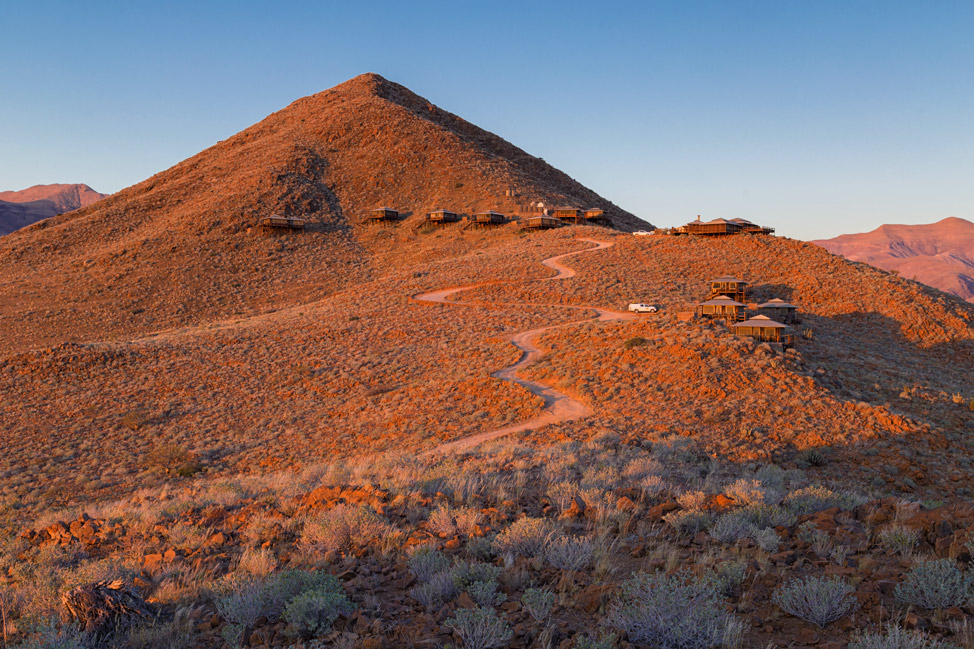
We stayed in a luxury tent (with a free upgrade…yay for the off-season!) and were spoiled completely with every amenity we could imagine and the top chef in Namibia in the kitchen.
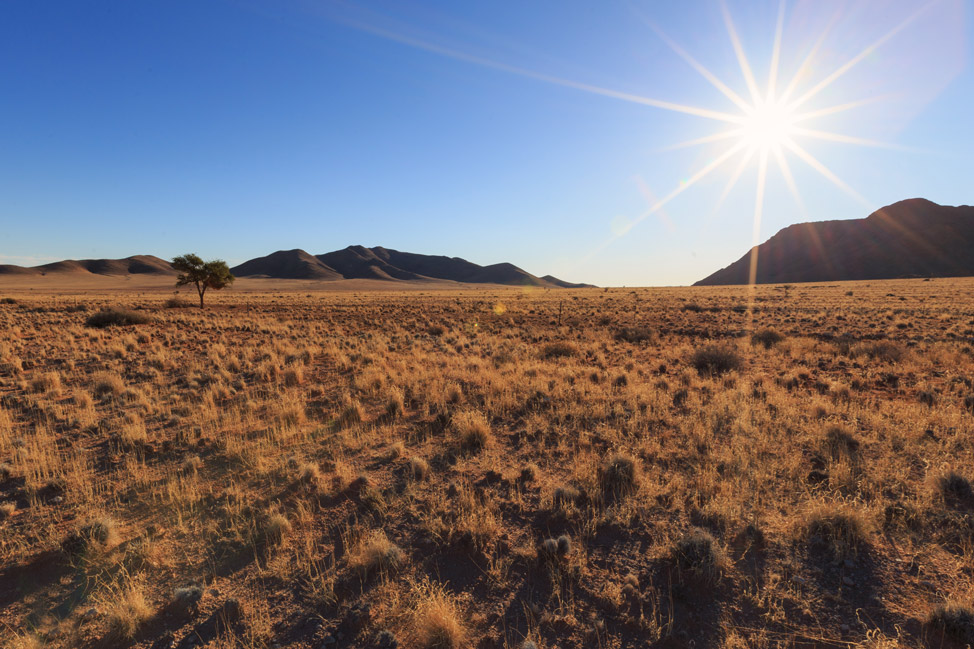
The sunset view from our deck up on that mountain was so good we decided not to even share a photo with you. That is one memory we’re selfishly keeping to ourselves.
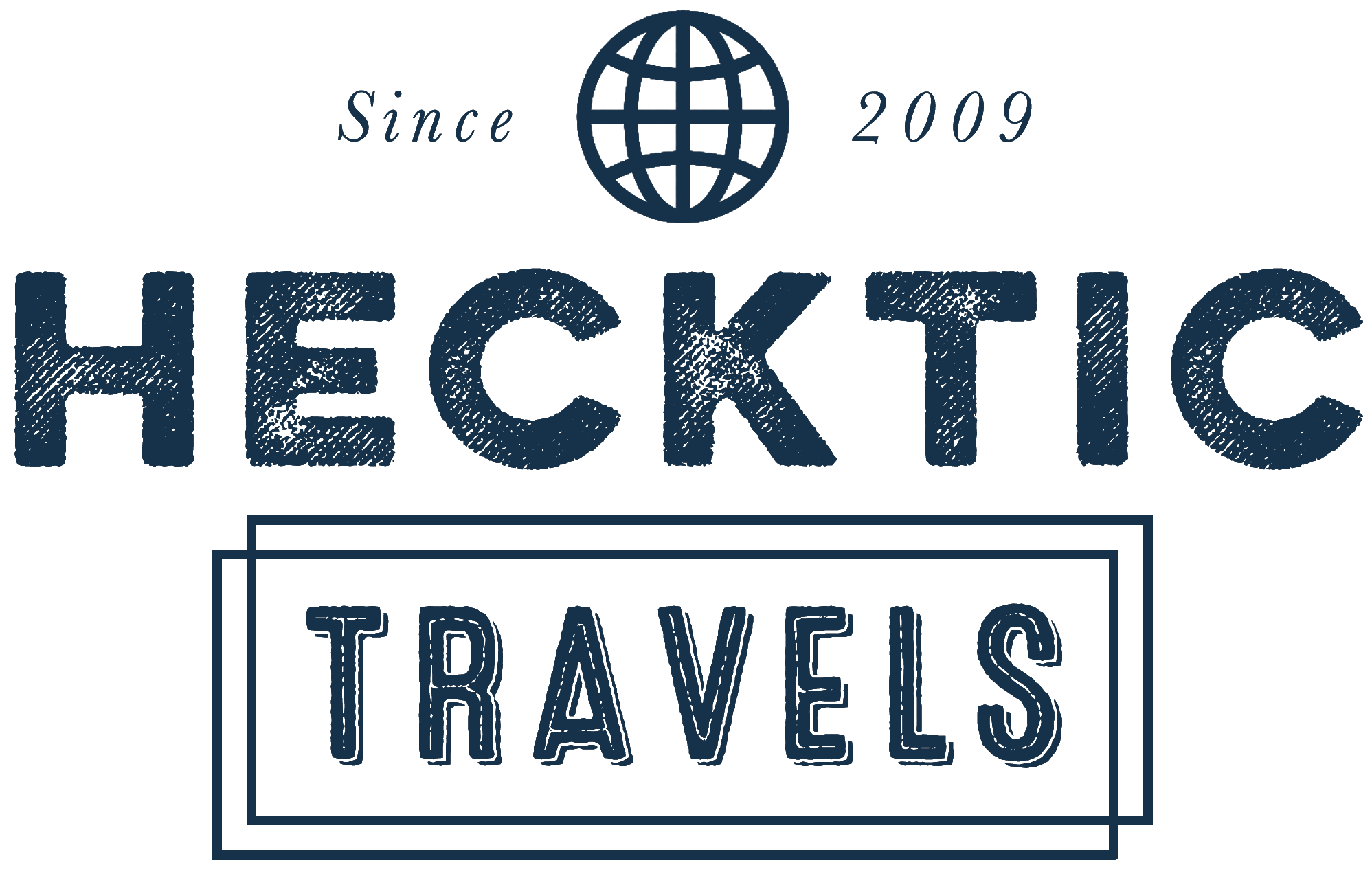
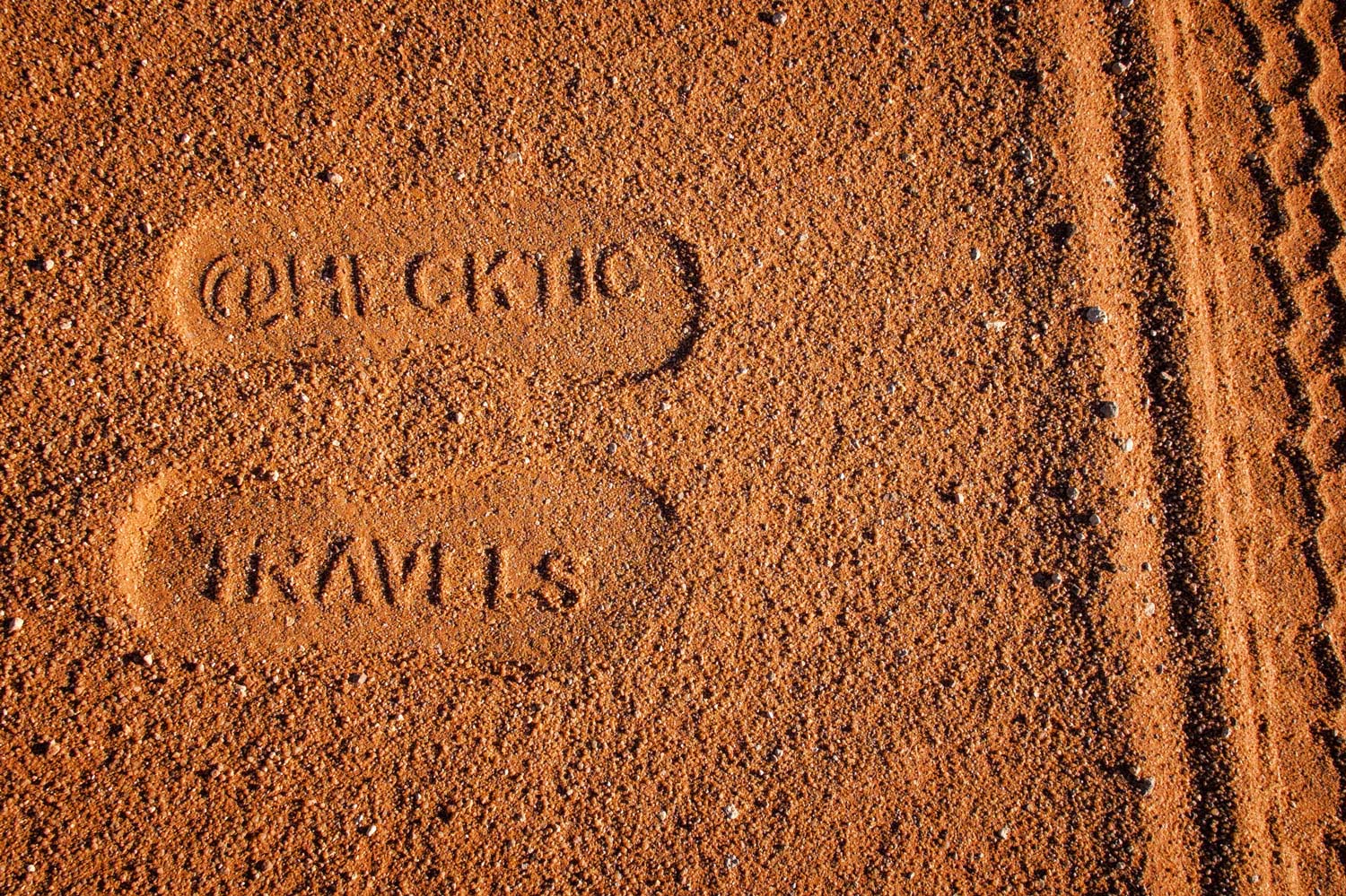
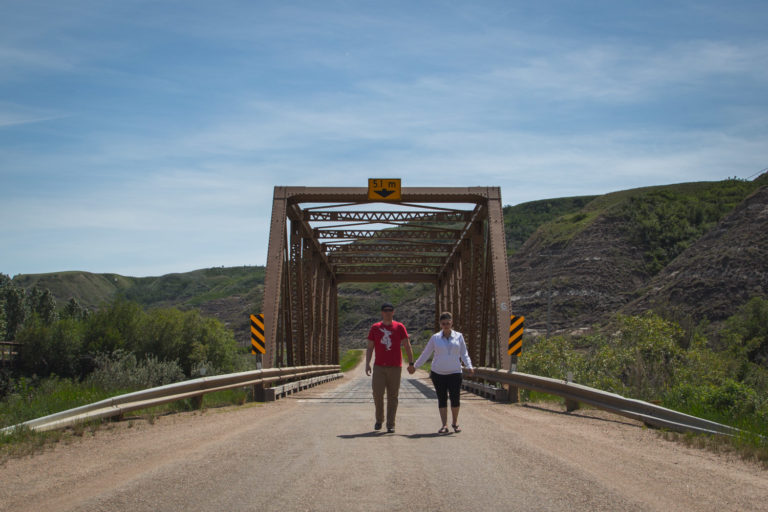
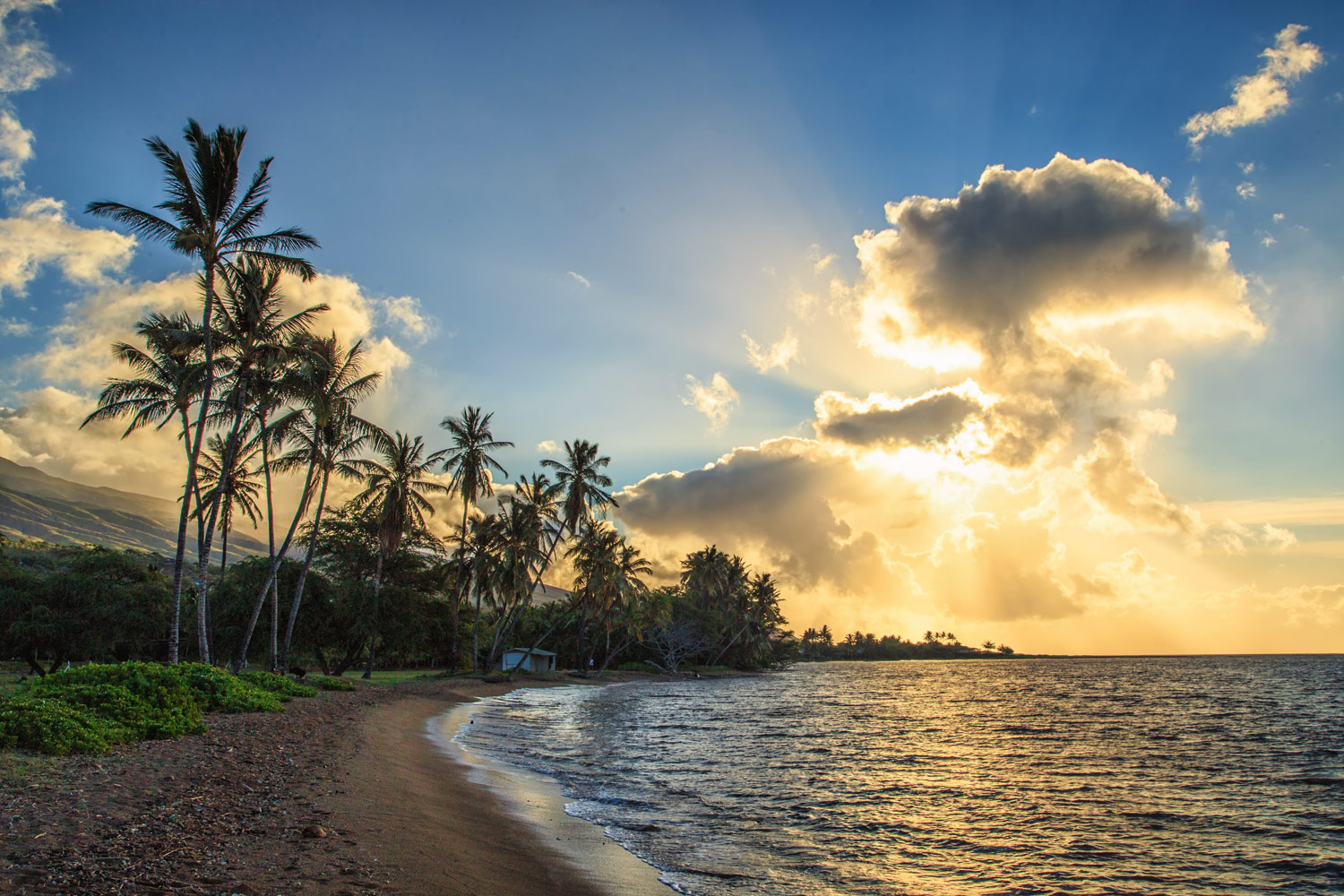

Wow.. what a surreal place. I can see how much fun it would be to write about and to photograph! I may have to add another item to my bucket list thanks to you two!
No problem, let’s run a workshop here!
Beautiful pictures! I love the circling stars!
Thanks Liz, that one took a while to do 🙂
wow the colors are unreal. I’m not a desert person but I’m stunned by the views. Talk about having the world to yourself. So open and vast. The hotel looks amazing.
One of the best hotels/tents we’ve ever stayed in.
Yup, those are definitely some sensual sand dunes.
You have me totally convinced – I’m SO going to Africa next year!
Boom, that’s what we love to hear!
Beautiful! I’m always amazed by pictures from Namibia. 🙂
Me too!! I can’t wait to get back.
Yes you can call dunes sensual 🙂
Great pictures thank you for sharing , I enjoyed them for real.
Cheers Ibrahim, I appreciate your comment for real 🙂
I have not seen much of Africa’s desert. What a thrill to look at your pictures and enjoy a part of Africa that is so beautiful in a different way.
Thank you Wanda. I had not seen much of it either before arriving. It sure left an impression though.
Just wow guys! Stunning doesn’t really do these photos justice. Also, very jealous (but in a good way:)
Thanks Jenia, really appreciate it.
Really stunning photos! I may have to add Namibia to my travel list now!
Thanks Leigh, I can’t wait to return!
Never mind about the sunset… don’t think am anyway going to get out of this beauty-trance your pictures have left me in, anytime soon.
Very kind Arti, thank you 🙂
Definitely “otherwordly”!! One of my dream destinations and now, with you holding back on that photo from the lodge, I’ll have to go and see it for myself!
I have a feeling a few people are going to be heading there now 🙂
Great, exactly why I’ve always wanted to see the dunes of Namibia.Sensational shots – except for the swirling night sky. I think I suddenly have a touch of vertigo 🙂
Frank (bbqboy)
Lol, thanks Frank. It was my first attempt at the swirling stars and I think it came out ok 🙂
Just stunning images! It’s like the sunset-coloured version of White Sands in New Mexico, which I couldn’t believe existed in all of its simplicity of forms until I saw it for myself! But on top of all its beauty, this is also AFRICA! ‘Nuff said.
Wow, those colours! And such vastness – makes you feel kind of small, doesn’t it? I think i’m going to have to add Namibia to the list…
Amazing pictures!!! and this place is beautiful
Loving this post. We just spent time doing a road trip through Namibia and it was one of the best experiences we’ve ever had. It looks like you guys had the same wonderful experience!
Mark and Mim x